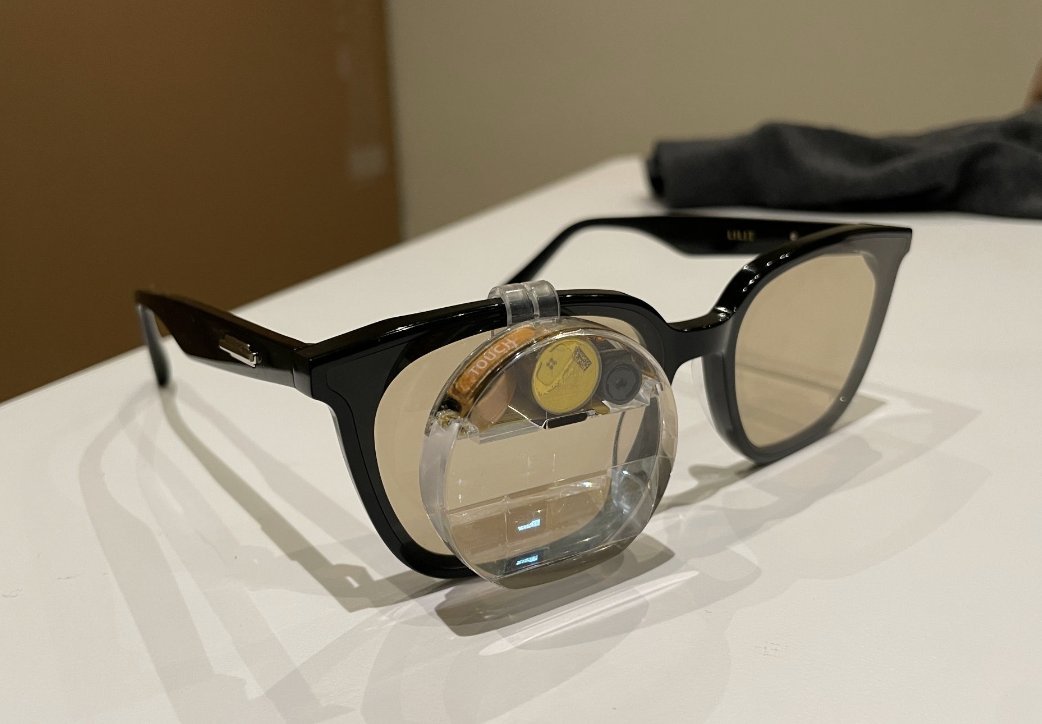Students at Stanford University used a clever hack to show how large language models could support users at their next job interview or on romantic dates. Bryan Hau-Ping Chiang’s project, called “RizzGPT,” consists of a smartphone and the AR display Monocle from Brilliant Labs and some code that connects the hardware to OpenAI language models.
The display forwards audio signals from its built-in microphone to the smartphone, which passes the signals on to OpenAI’s Whisper language model for processing. The transcription of Whisper serves – presumably with analogous additions – as input for one of the large language models such as ChatGPT. Its output is then displayed in the user’s field of vision via the AR display, which can simply be attached to glasses. If that’s on the project side and Video linked on Twitter is not a fake, the hack seems to work – even if the test user reads his text aloud with some hesitation.
The always connected generation
Chiang and his colleagues have thus realized a technical dream that is around 30 years old: As early as the mid-1990s, a group of young researchers at the MIT Media Lab were experimenting with wearable computers that were supposed to give them “context-dependent” access to information. With their exotic hardware, the self-proclaimed “cyborg group” not only explored a class of entirely new applications, they themselves became the research subject of sociologist Sherry Turkle, who tried to understand the new attitude towards life of this constantly connected generation.
Two applications that quickly became the focus of the pioneers were the logging of conversations and encounters – a personal memory enhancement – and the display of additional information about people who are currently opposite you. One of the pioneers of the group, Thad Starner, now at the Georgia Institute of Technology, claims to have been a key impetus for the development of Google Glass.
Ironically, however, Google’s AR glasses failed precisely because of the wearable pioneers’ vision. Because a technology that recognizes faces and displays the associated information appeared to people like Starner as a useful aid in everyday life, but for data protection officers such a system is a plain nightmare.

(wst)
